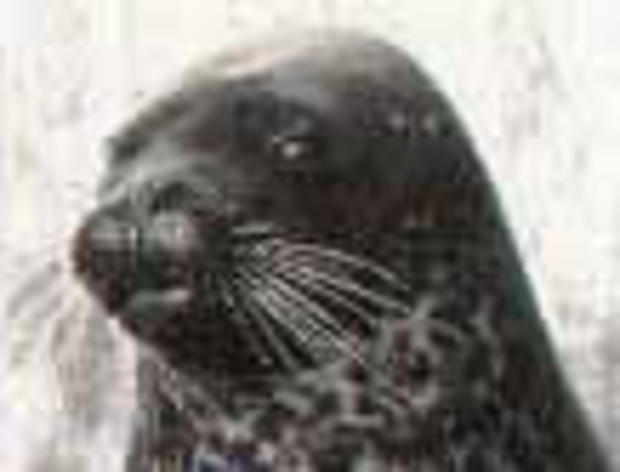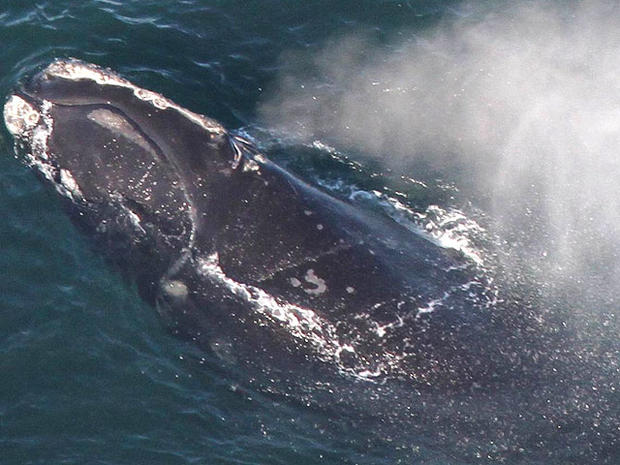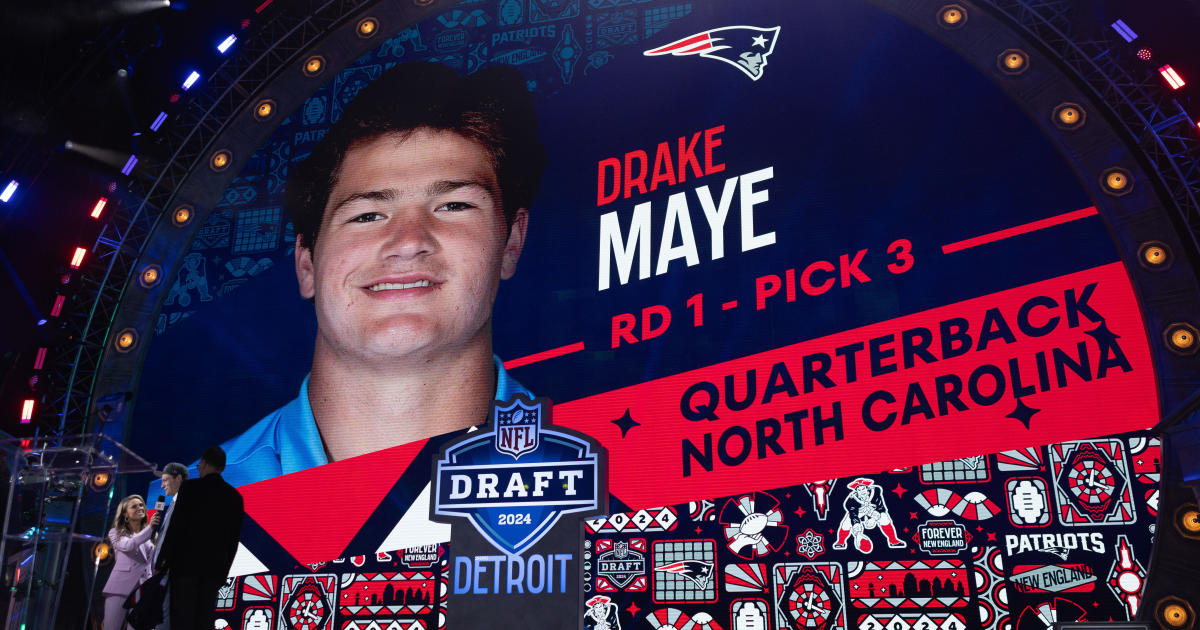5 Things You Didn't Know About The New England Aquarium
1. Myrtle The Turtle's VacationMyrtle, a green sea turtle, first moved into the Giant Ocean Tank at the New England Aquarium in 1970. The turtle remains a fixture at the Aquarium to this day. Myrtle is 550 pounds and upwards of 90-years-old. While the Aquarium went through renovations, Myrtle was temporarily living in the penguin pool, but as of this May, has moved into the newly refurbished Giant Ocean Tank.
2. Say What?
Another popular resident in the aquarium's early years was an Atlantic Harbor Seal named Hoover. Hoover was not a regular seal though, as he was able to talk. He knew several phrases. His vocal ability was noticed by the family that first took care of him before he was brought to the Aquarium. At first the staff members at the Aquarium didn't believe he could talk, but as the years pasted, his speech developed and became more clear. He spoke with a heavy Bostonian accent that he learned from the family that first took him in. He would go on to be featured in Reader's Digest, The New Yorker, and National Public Radio, among other publications, before he passed away due to old age in 1985.
3. Jellies Go With The Flow
In 2003, the New England Aquarium opened up the exhibit called "Amazing Jellies," The two story, twelve tank exhibit, showcased the animals as survivors. The exhibit was funded by the National Science Foundation. The interesting thing about the exhibit was the tank. The specially-designed tank maintains a continuous current in order to keep the jelly-fish in motion, as they are unaccustomed to boundaries.
4. Tracking Right Whales
New England Aquarium's right whale research project will be coming up on its 35th year in 2014, making it one of the longest running whale studies in the world. The program looks to prevent the extinction of the species, as there are currently less than 500 right whales remaining in the world. The Aquarium has pioneered using Geographic Information Systems to track the movement patterns of right whales and provide real-time updates on their location to prevent ships from colliding with them.
5. The White Lobster
In 2004 a lobster was donated by Plymouth fisherman, Dan Holmes. What set this lobster apart from most lobsters, was the white color of its pigment. The lobster was albino. White lobsters are extremely rare - about one in 100 million. Although, if you ask the lobstermen up in Gloucester, they may tell you otherwise.







